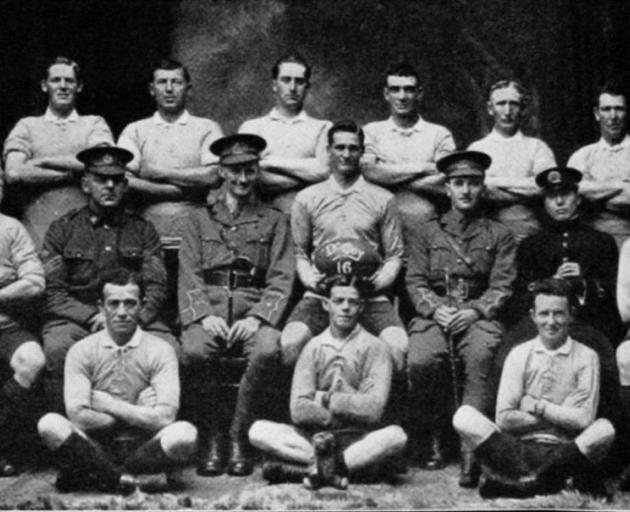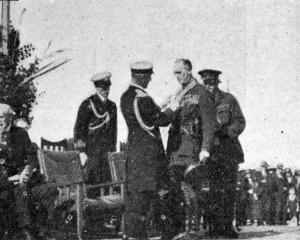
The Minister admitted that a great deal of survey work was wanted on the New Zealand coast. Prior to 1907 New Zealand and the Admiralty shared the cost of H.M.S. Penguin, whose officers did excellent work in this direction. In 1907 Captain Sinclair, a member of the Indian Marine Survey, was employed by the New Zealand Government to carry on the work, but on his arrival in the dominion a difficulty arose about getting a suitable ship, as the captain did not consider any of the Government vessels in New Zealand suitable for the work.
Attempts made to secure a ship from the Imperial authorities failed, and Captain Sinclair's services were terminated without very much use having been made of them. The then estimate for the carrying on of the work was 10,300, in addition to the cost of a suitable vessel. Since that date the only survey work has been done by the Terra Nova around the Three Kings, and at and near the French Pass.
From all the information at the disposal of the Government, the using of the Amokura for the work was out of the question, continued Dr McNab, and the purchase of a suitable vessel at this juncture was practically impossible. The Minister's opinion was that the only practicable scheme was to await the return of peace, and then subsidise the Admiralty for one of its survey vessels to carry out the work. This could probably be done for 7500 a year, as against 10,000 per annum, besides the cost of the ship. It might be mentioned incidentally that according to the Admiralty a competent surveyor for this class of work cannot be trained in less than seven years.
Repairs to the survey yacht Aurora are being pushed ahead with all speed at Port Chalmers, and Captain Stenhouse is daily waiting instructions to proceed to the Falkland Islands, in order to pick up the men who are stranded on Elephant Island. Word to this effect has so far not been received, but it may come to hand at any time. During the last day or two 22 men have been released by the Government and placed at the disposal of Messrs Miller Brothers, who have the work in hand, while a great deal of assistance in the way of timber is being received both from the Government and the Harbour Board. Messrs Mill and Kinsey are at present endeavouring to get the spare rudder which the Aurora left in Tasmania sent across to New Zealand, but if this cannot be procured a new one will be made at Port Chalmers. All those connected with the work are desirous of expediting it to the utmost, for the reason that if the vessel is required to visit Elephant Island she will need to leave Dunedin again in December in order to rescue Captain Mackintosh and his party at Ross Sea.
Some of the straight stretches of railway in the South Island are dwarfed beside the records in this respect which are being made on the Australian Transcontinental Railway (says the New Zealand Railway Review). For a long time Cobar to Ryngan held the record for the longest piece of straight railway in Australia - a 60-mile stretch. There is a straight run of 40 miles where the line leaves Southern Cross for Coolgardie, but the Transcontinental line beats all records with a length of 340 miles without a curve. - ODT, 12.7.1916












